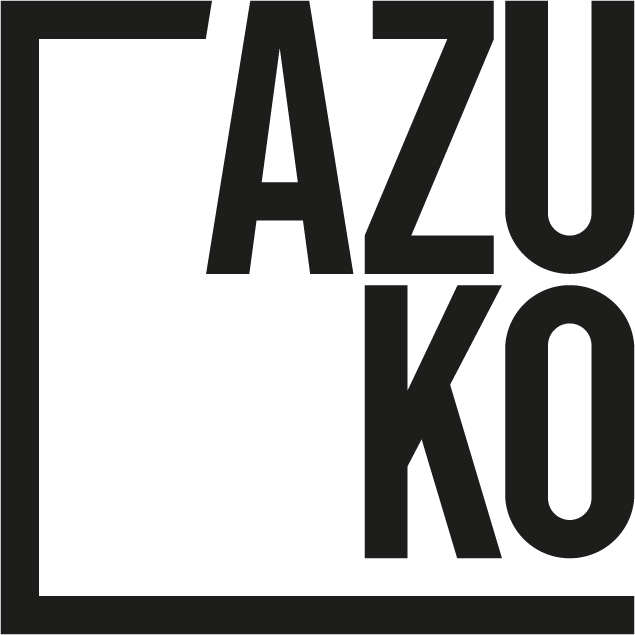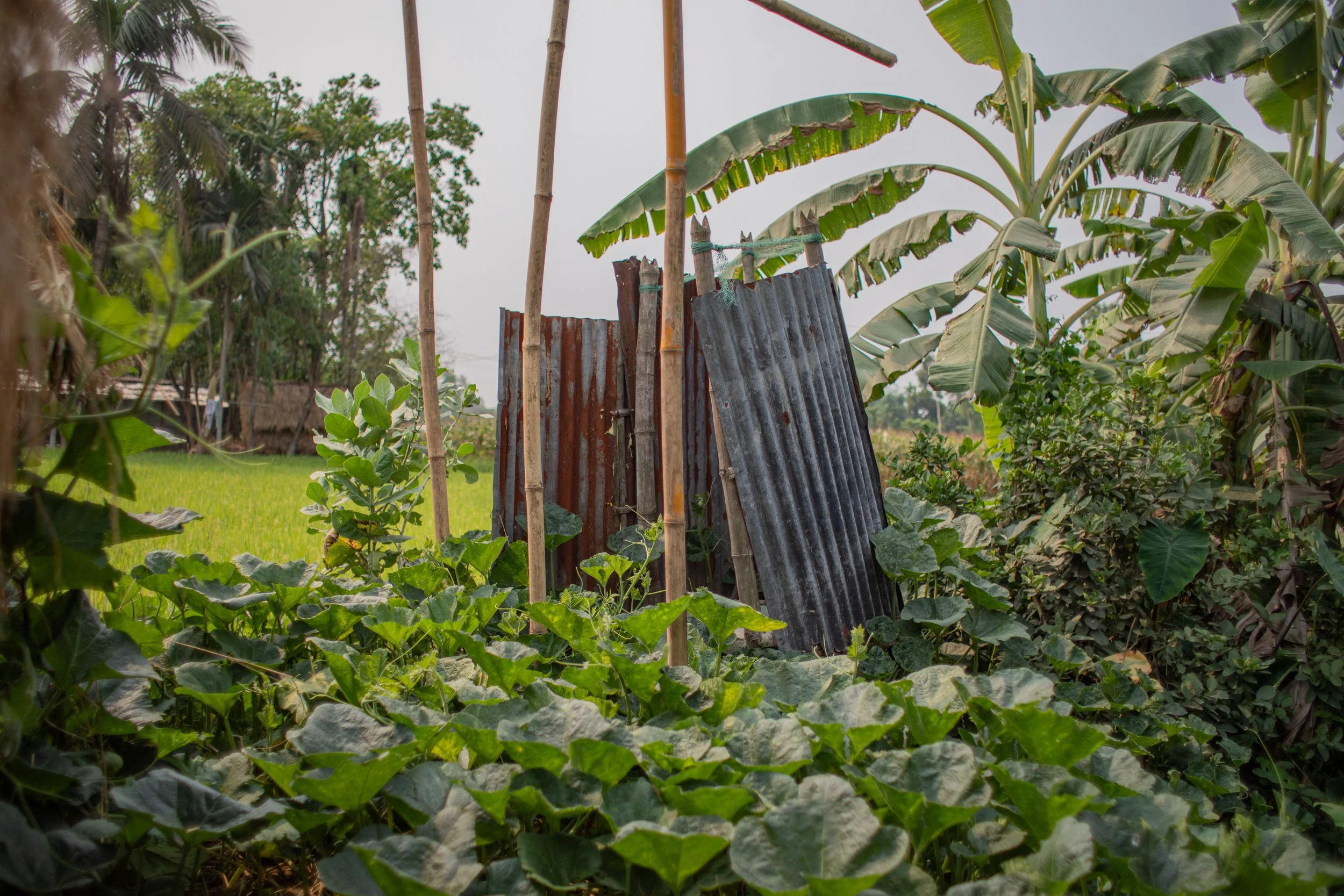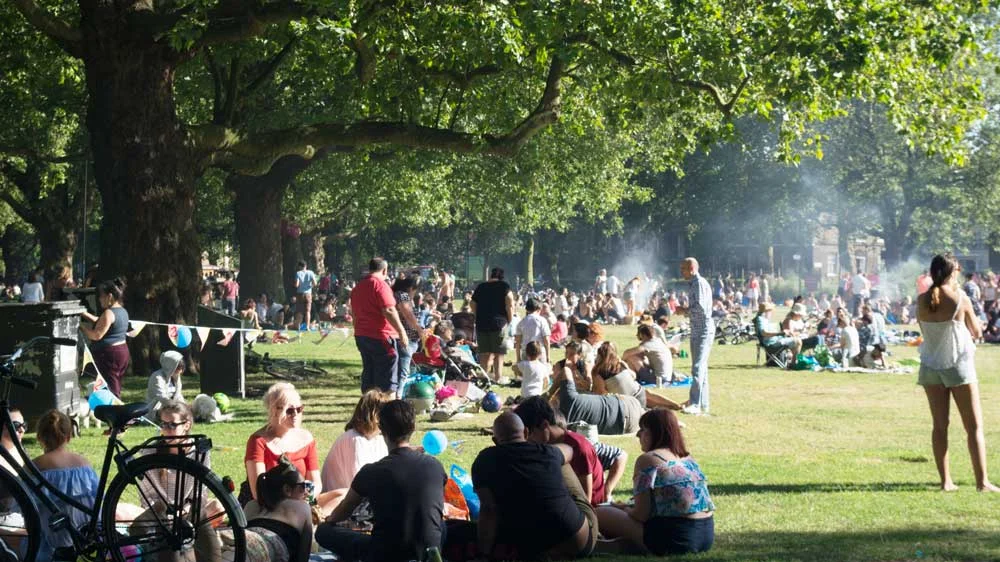My relationship with architecture in London could be described as an intimate one.
One building in particular defines this relationship: Erno Goldfinger's Balfron Tower in Poplar. My first residency in London was Balfron. The 9th floor. I was romanced by the western terraced views, the London skyline and the aerial perspective of my new neighbourhood.
It's also an abusive relationship.
Commenting on violent crime taking place in Trellick Tower in west London (which he designed and which is a near carbon copy of Balfron), Goldfinger was quoted as saying:
“I built skyscrapers for people to live in there and now they messed them up. Disgusting.”
Space is built for people, but not always with people in mind (or the greater socio-economic context for that matter).
Le Corbusier, in the same brutalist spirit, remarked that houses are "machines for living", as though like a cocoon or beehive, are linear technical creations that need the all-knowing, top-down mechanic to maintain it. Corb perhaps understood his tenants as non-complex cogs, pigeon holing them into a mindset that Carol Dweck would call 'fixed', assuming that they are incapable of shaping their own space and defining their own past, present and future. This is largely the history of post-war architecture in east London.
I'd like to share a few learnings from my first month of research at AzuKo...
"In England, 19,093 evictions were by social landlords, such as housing associations, while 5,919 were by private landlords." (The Guardian, 2016)
Gentrification has commonly been referred to as the "rehabilitation of working-class and derelict housing and the consequent transformation of an area into a middle class neighbourhood". (Smith N. and Williams P., 1986)
"This week, it was revealed two property developers have been leafleting council properties in Westminster offering families money to sell their homes." (The Daily Mirror, 2014)
"It is estimated that if just one in 100 inactive people took adequate exercise it could save the NHS in Scotland as much as £85 million per year." (CABE, 2014)
“If you don’t know where you are, you don’t know who you are.”
In Dr. M. Corcoran's research of six deprived neighbourhoods throughout Europe (including Holloway, London) "what emerged in the biographical narratives gathered from urban dwellers was a sense of ambiguity and indeterminacy in relation to place".
This particular work falls under our A sense of place project. Defining the term poses a real challenge, especially when some researchers (or one in particular) have argued that "income, employment statistics, housing provision, crime statistics, instances of anti-social behaviour, physical and mental health, and educational attainment" are all directly correlated to this 'sense of place'.
If you take however, even a seed of truth from these correlations (which I do) then a sense of place is about tackling externalities. It's about addressing the fundament of the human experience - how we connect to others in a particular space.
I spoke to Jo to hear her views on the concept.... "There isn't an agreed upon definition, and I think that's what's exciting." When discussing her experience of working with one particular at-risk community she commented,
“That group... really wanted to fight, because there would be something lost. But that drive to fight for something was because they really belonged to that place.”
This draws parallels to our work in Jogen Babu Maath slum, Bangladesh - "Together, they are trying to build a future for the community".
We're essentially operating in the realm of social capital - the coffers of our relationships. A currency that authors like Robert Putnam (Bowling Alone) have argued has been diminishing for years.
It's an incredible challenge that spans dimensions ranging from memory and meaning to planning and policy, and one that I'm excited and honoured to be a part of.
Author: N Ardaiz











